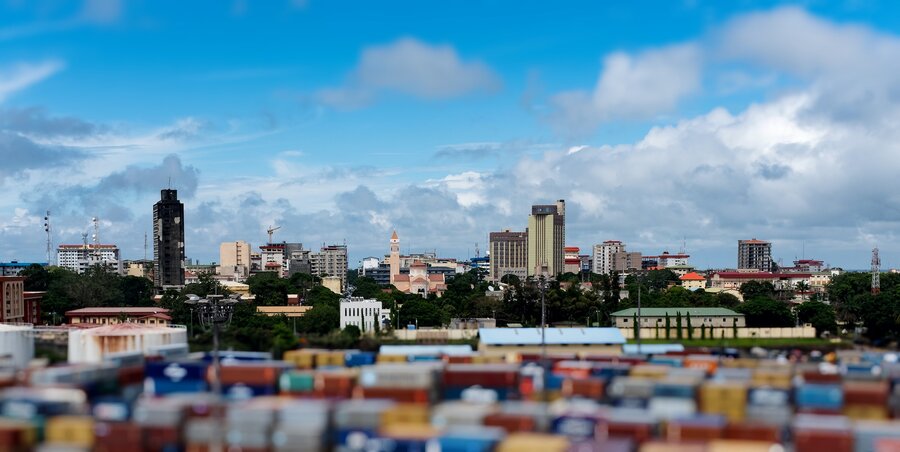Guinea
Papua New Guinea encompasses half of the world’s second largest island with a population of over 7.86 million.
Papua New Guinea’s varied scenery reflects a generally recent geologic history in which movements of the Earth’s crust resulted in the collision of the northward-moving Australian Plate with the westward-moving Pacific Plate. In fact, New Guinea was part of Australia some 8,000 years ago and was separated by the shallow flooding of the Torres Strait.
Agricultural production, mainly subsistence farming, accounts for about one-third of the country’s gross domestic product. In the archipelagoes of the north and northeast, yams, taro, and bananas are grown as staple foods.
76-100% of the food energy consumed in Papua New Guinea comes from crops that are not native to the region. Most of these plants’ diversity is found elsewhere on the planet.

